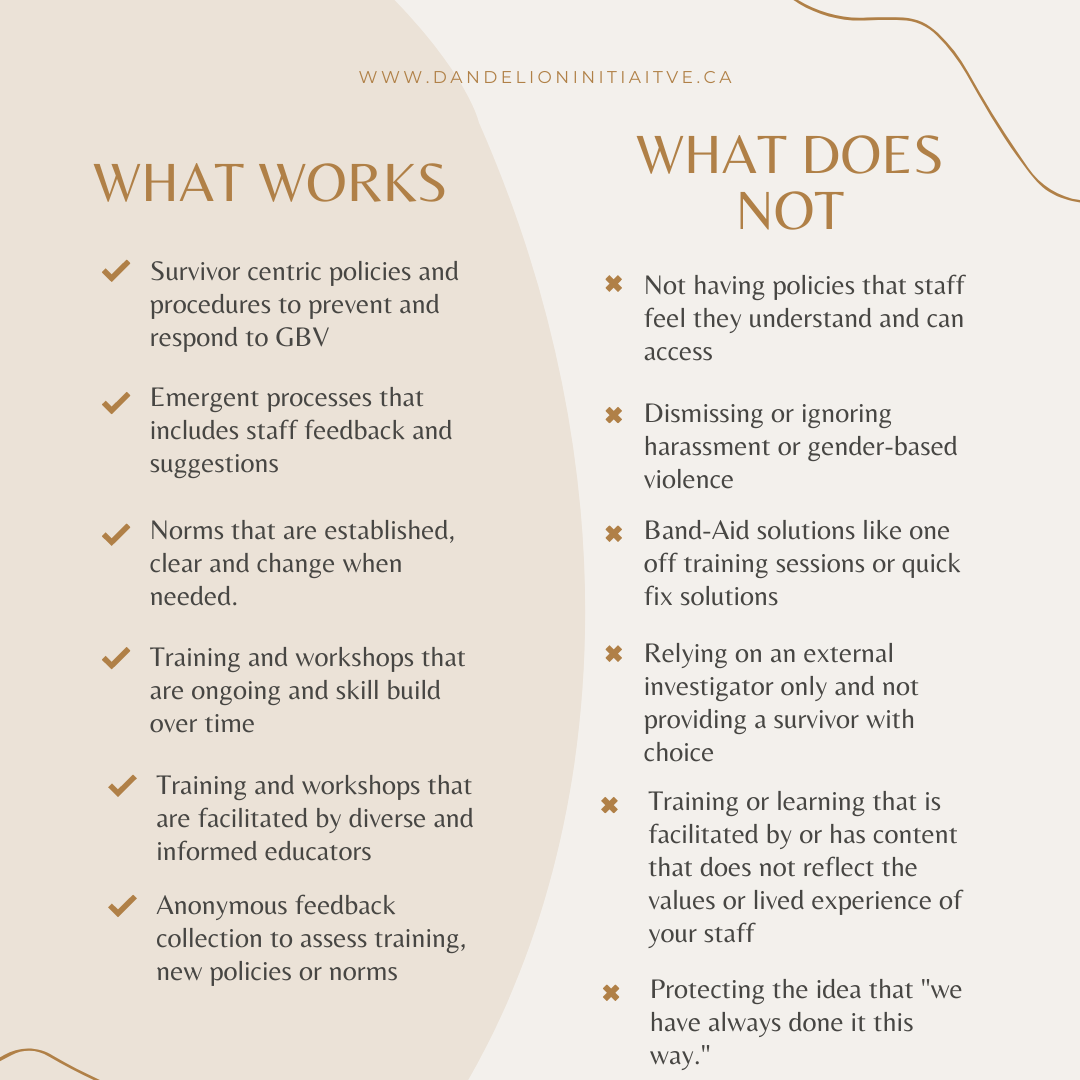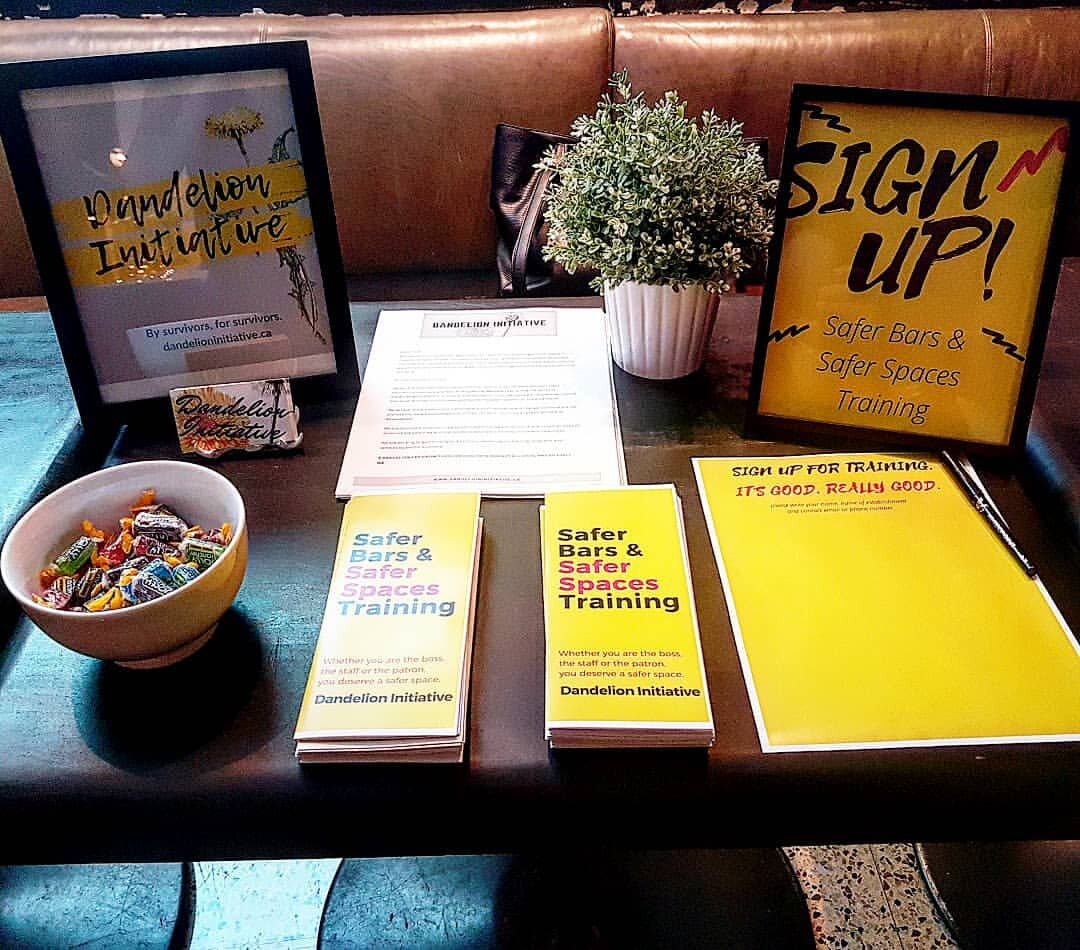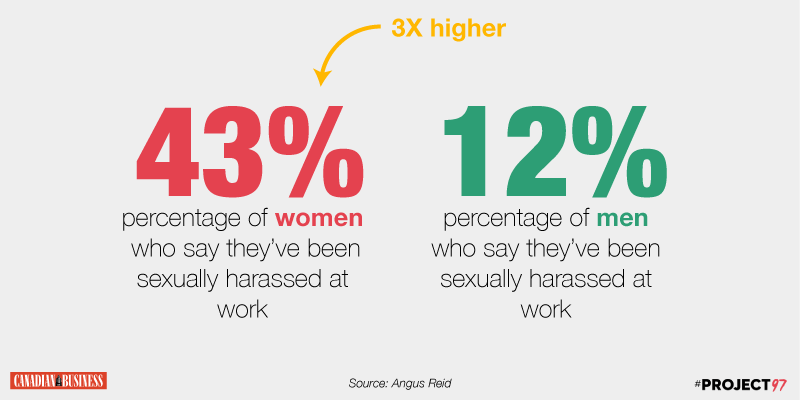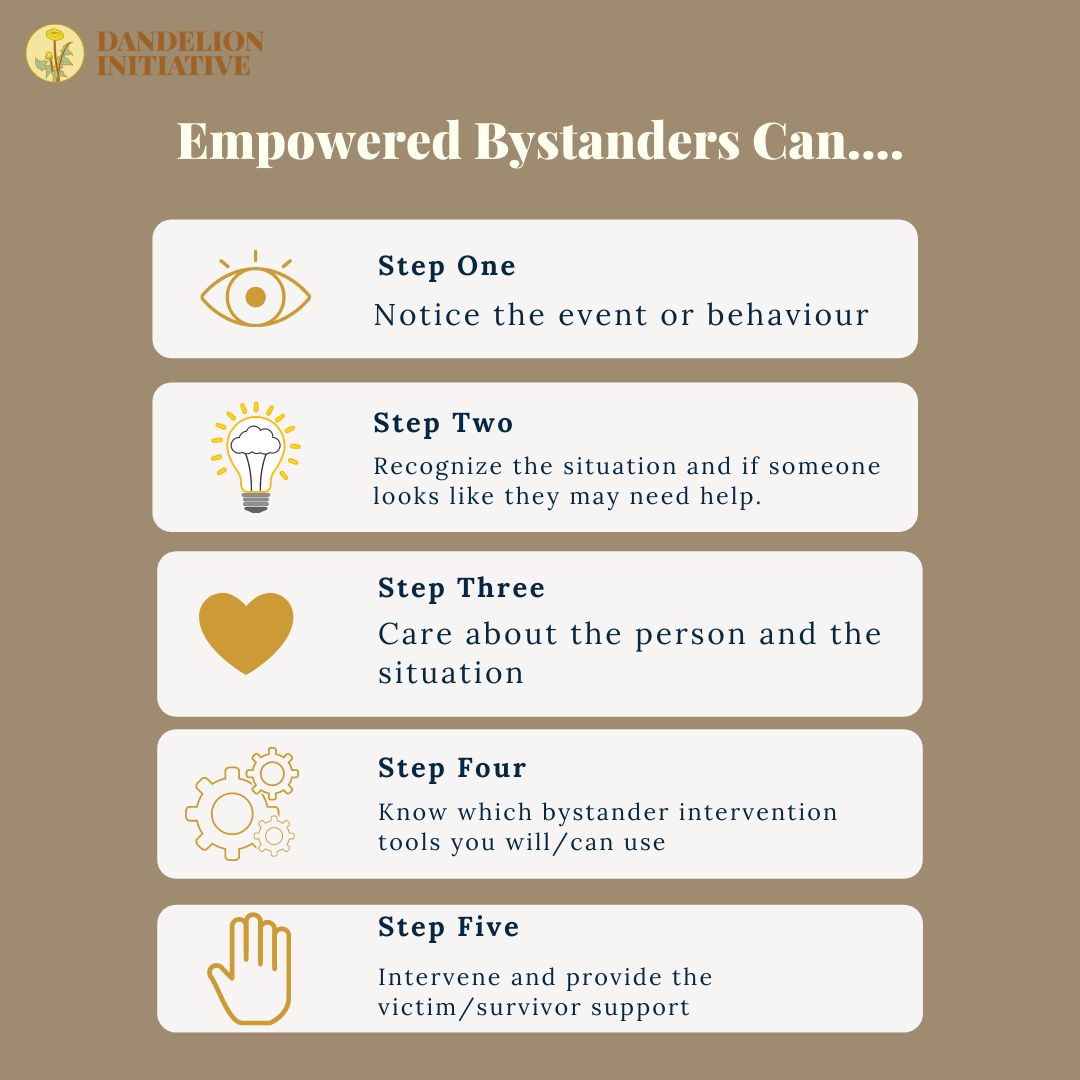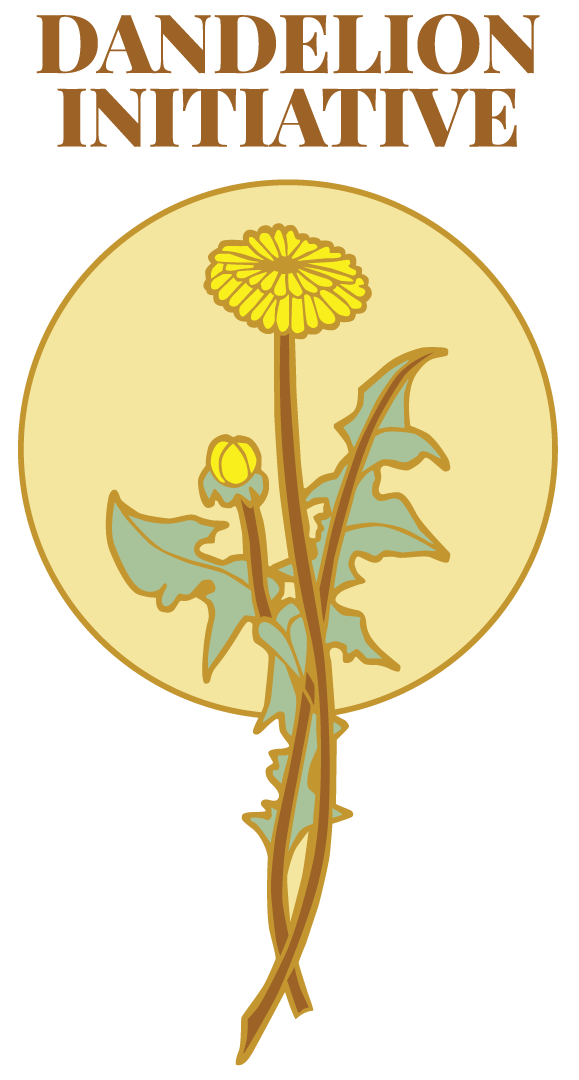
In December 2022 the Dandelion Initiative’s program funding will come to an end. We appreciate the work we have been able to do and the thousands of learners we have engaged with. If you are interested in gender-based violence prevention and response education please visit our referral list
“This is a necessary and important training that I wish more organizations would include in their training repertoire. Understanding gender-based violence and accepting that it is such a real, front-line, and insidious part of our collective society must happen so that we can all do the work to prevent it. So much appreciation to Viktoria and the Dandelion Initiative for providing this for us! Has definitely influenced our team for the better.”
NOW SERVING: SAFER BARS & ARTISTIC SPACES ONLINE TRAINING
Now Serving: Safer Bars & Spaces was created in response to the normalized patterns of sexism, harassment, and violence experienced by women and trans people in hospitality and creative arts spaces. Our content was developed by industry professionals, gender-based violence prevention experts, and survivors. Our unique and specific content blends survivor-centred education with industry-specific intervention skills, creating opportunities for meaningful and culture change that is specific to Hospitality and Creative Arts spaces and workplaces.
Safer Artistic Spaces was developed in 2017 and is a unique and artist-specific training created to develop core competencies in gender-based violence prevention and response for artists, musicians, venues, bookers, record labels, festivals and other creative arts/live music spaces.
Our program uses a socio-ecological model for gender-based violence prevention that focuses on connecting primary (policies), secondary (training), and tertiary (direct support to survivors) which have been proven to provide the best long-term outcomes for preventing and responding to gender-based violence in a workplace or community space. We use this model to reinforce the reality that individual workers alone, cannot be responsible for workplace culture change. The skills and value-building we foster with teams need to be reinforced through policy, environment, and ongoing learning. This is what makes our program unique and why the impacts of our program and partnerships are so positive.
Rooted in research and evidence-based frameworks, we have adapted in these uncertain times to provide our services online through an online blended learning model. We prioritized ensuring the outcomes were the same as they were when we provided in-person sessions through a researched and adapted online, digital-blended model.
We bring our specialized curriculum to your home or workplace computer before our live, ‘in-person’ video sessions. We have broken the training into a 3.5-hour live video session and will provide you and your team with materials ahead of time to foster a truly immersed and in-depth learning experience for all participants. Feedback and data is collected and disseminated during your policy recommendations and follow-up.
Did you know that Gender-Based Violence is often called the “Shadow” Pandemic
The United Nations Human Rights Commission's definition of Sexual/Gender-based violence follows:
“Sexual violence is a form of gender-based violence and encompasses any sexual act, attempt to obtain a sexual act, unwanted sexual comments or advances, or acts to traffic, or otherwise directed against a person’s sexuality using coercion, by any person regardless of their relationship to the victim, in any setting.
Sexual violence takes multiple forms and includes rape, sexual harassment, sexual abuse, forced pregnancy, forced sterilization, forced abortion, trafficking and sexual enslavement.
Gender-based violence is considered to be any harmful act directed against individuals or groups of individuals on the basis of their gender. It may include sexual violence, domestic violence, trafficking, forced/early marriage and harmful traditional practices.
An understanding of how gender intersects, for instance, with race, religion, economic situation, political affiliation and geography is also critical to addressing patterns and forms of gender-based violence. Although men and boys are also targets of gender-based and sexual violence in conflict situations, the victims of such violence continue to be disproportionally women and girls (and gender diverse people).”
